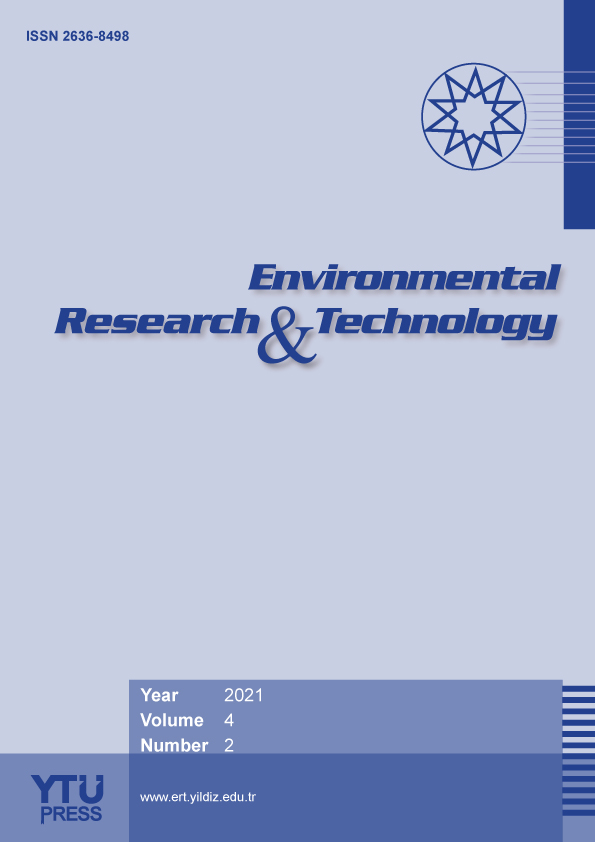2Dept.of Mechanical Engineering, Federal University of Technology, P.M.B 65Minna, Niger-State. NIGERIA
3Building Technology Department, School of Science and Technology. Covenant University Ota, Ogun State, NIGERIA
Abstract
The rapid growth of energy consumption worldwide has increased rapidly, and has raised concerns over problems of energy supply, energy sustainability, and exhaustion of energy resources. These problems can be solved by contributing significantly to the utilization of renewable energy sources. Most developed countries are taking counter measures by implementing building energy standards in order to reduce building energy consumption by recognizing new energy policies and encouraging investment in PV system which is one of the biggest renewable energy sources and, thus, achieve sustainable energy efficient buildings. However that is not the case in a developing country like Nigeria, as there is a huge gap between the demands for electricity and demand for sustainable energy in the country. The use of PV technology in Nigeria is not new, but it still encounters many barriers for its penetration into the commercial sector. In respect to that, this research paper investigates the key challenges in the adoption of Photovoltaic systems and identifies the effective strategies of implementing PV systems in commercial buildings in Nigeria. The study focuses on identifying renewable energy sources for commercial buildings in Nigeria; examining the need for PV systems in commercial buildings in Nigeria; Identify the effects of PV systems on energy optimization in commercial buildings; review the policy context for renewable energy in Nigeria; identify the barriers in adopting photovoltaic systems in commercial buildings in Nigeria; and recommend possible ways of overcoming the barriers.











